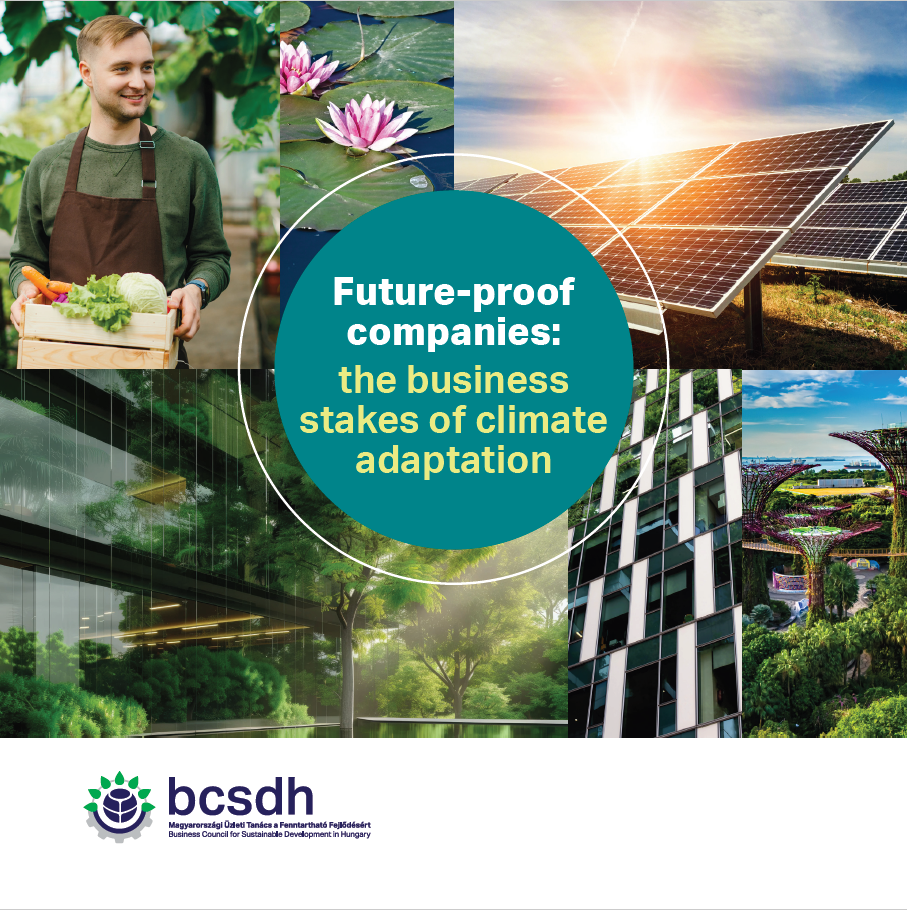The business stakes of climate adaptation – BCSDH publication 2025
The impact of climate change on business has moved from a distant threat to a daily reality. Business continuity is now at stake. Climate change impacts often manifest in the form of shocks, typically involving damage to infrastructure and supply chain disruption, as well as chronic risks such as unpredictable water supplies or increased heat stress.
These result in less predictable revenue and rising costs – serious risk factors for companies operating in an already uncertain business environment. Increased physical risks, combined with existing business risks, lead to higher financing costs and often appear difficult to manage. To remain competitive, leading companies must not only address climate change but also adapt to it.
However, adaptation is not just about avoiding risks; it is also about opportunity. When a company invests in climate change adaptation, it supports its employees and affected communities, while also making its own operations more resilient.
Adaptation contributes to more predictable, thus more competitive, supply chains. Investing in resilience also paves the way for technological and operational innovation, smarter, more forward-looking planning, and long-term value creation.
In this spirit, and with broad, professional, and member-company involvement, we have created the following recommendations for the business sector regarding climate adaptation:
| RECOMMENDATIONS | PROPOSED ACTIONS |
| Integrate climate change adaptation into business strategy, management, and operations | 1. Identify short- and long-term risks to the company, including human health- and water-related issues. 2. Climate risk analysis, of which climate adaptation is an integral part, should cover sensitivity, exposure, impacts and opportunities (measurement, objectives, actions, feedback). |
| Align internal financial decision-making with the flexible adaptation plan | 3. Identify and secure the resources needed for climate adaptation and transition in financial decision-making processes. |
| Involve and integrate stakeholders into the process for expanded impact and joint action | 4. Extend the climate adaptation process to the entire value chain by applying the latest technologies, scientific findings, and research. |
As there is no time to lose regarding climate adaptation, our Time to Transform 2030 program requires immediate action. We count on concrete steps from our member companies and the
broader business community, as this is the only way to achieve systemic change. In this publication, we provide a range of concrete solutions, tools, and practical guidelines, thereby facilitating meaningful progress towards this goal. In this process, we rely on the involvement of companies and their stakeholders, as well as the value chain.

